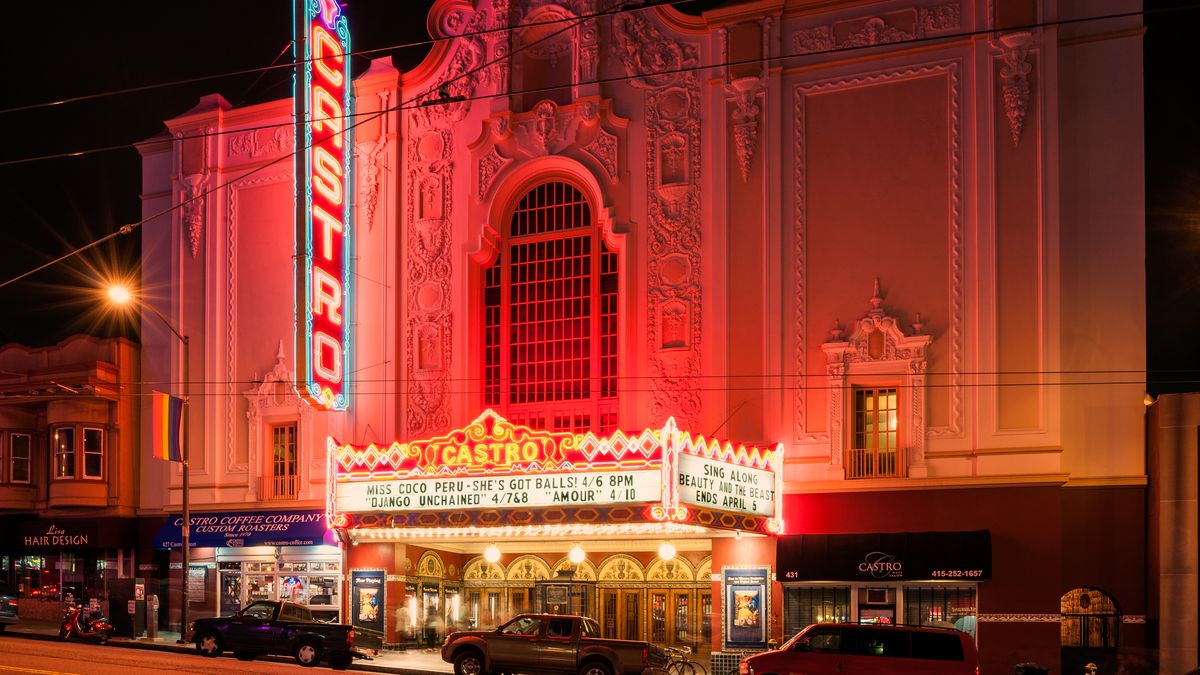Shakespeare’s Globe Theatre (London)
The first auditorium was worked by the Lord Chamberlain’s Men, in 1599, however, was crushed by a flame in 1613. An imitation was accomplished in 1997. Although practically indistinguishable in appearance to the first, the new 857-situate structure has a few present-day highlights, including rooftop based sprinklers and a solid auditorium pit.
The Düsseldorfer Schauspielhaus (Düsseldorf, Germany)
The historical backdrop of this German performance centre dates to 1818. The cutting edge theatre that currently remains on the first site was worked in the late 1960s. Its bent, undulating lines are intended to take after a performance centre drape. Modeler Bernhard Pfau’s structure was picked in a challenge.
Balboa Theatre (San Diego)
The Balboa Theater was worked in 1924 and named after Spanish pilgrim Vasco Nuñez de Balboa. The property fell into decay, yet in 2002 reclamation started. A copy of the performance centre’s sign, portraying Vasco’s ship, was made utilizing unique hues recognized from photos.
BAM Harvey Theatre (New York)
The BAM Harvey opened in 1904. It was changed over into a film in 1942. The present structure consolidates the first segments and water-recoloured roofs, giving the setting a Greco-Roman feel.

National Noh Theatre (Tokyo)
Japan’s Noh theatre was built in 1983 using 400-year-old bishu-hinoki cypress trees. It’s open on three fronts, and the seating is spread out from the phase in a fan shape. In spite of the customary components, there’s a lot of techs – each seat has an individual subtitling framework that can be changed from Japanese to English at the bit of a catch.
Salle Richelieu (Paris)
The Salle Richelieu, otherwise called the Comédie Française, was worked in the late 1600s. The fantastic staircase is fixed with busts of significant figures from the venue’s past.
Minack Theatre (Cornwall, UK)
The performance centre was the brainchild of the late Rowena Cade. In 1932, Cade, with the assistance of her plant specialist, pulled a few tons of shake from the shoreline beneath and made a progressively perpetual scene, which she opened to the general population.
State Theatre (Sydney)
Sydney’s State Theater opened in 1928. It was structured by Aussie modeller Eli White. It is a jumble of Gothic, Italian and workmanship deco styles. The National Trust of Australia has grouped it as a structure of incredible recorded noteworthiness and high compositional quality.
Margravial Opera House (Bayreuth, Germany)
Worked in 1745, the UNESCO-recorded Margravial Opera House is viewed as the best extravagant performance centre in Europe. The stage has a profundity of 27 meters and was the biggest in Europe until 1871.
Teatro Amazonas (Manaus, Brazil)
The auditorium was worked in the late nineteenth century during an elastic blast and was structured by Italian draftsman Celestial Sacardim. Work took 15 years, generally on account of the choice to source supplies from everywhere throughout the world: the rooftop tiles originated from Alsace in France, stairs and segments were made of Italian marble, and the steel dividers originated from Glasgow.

